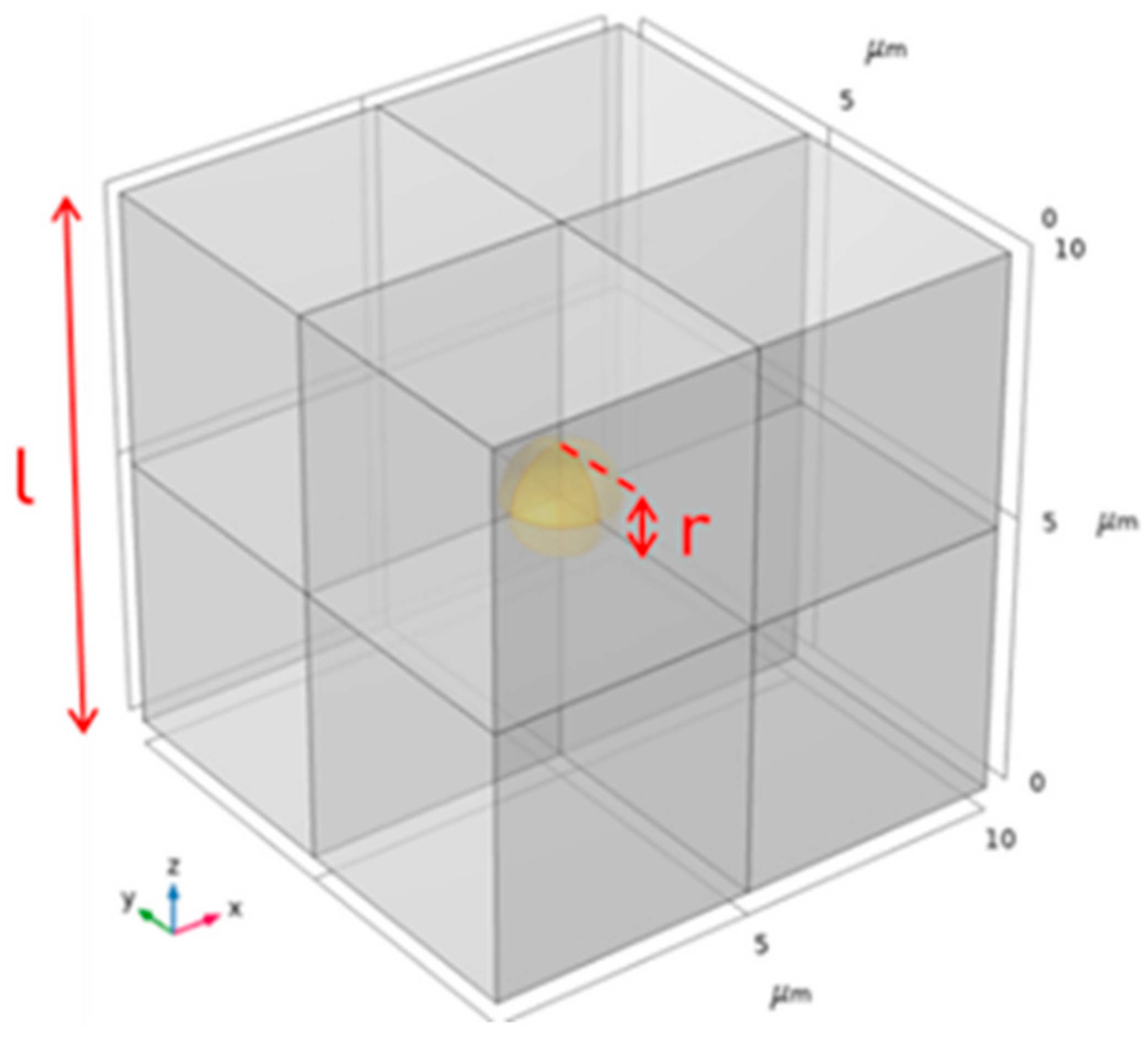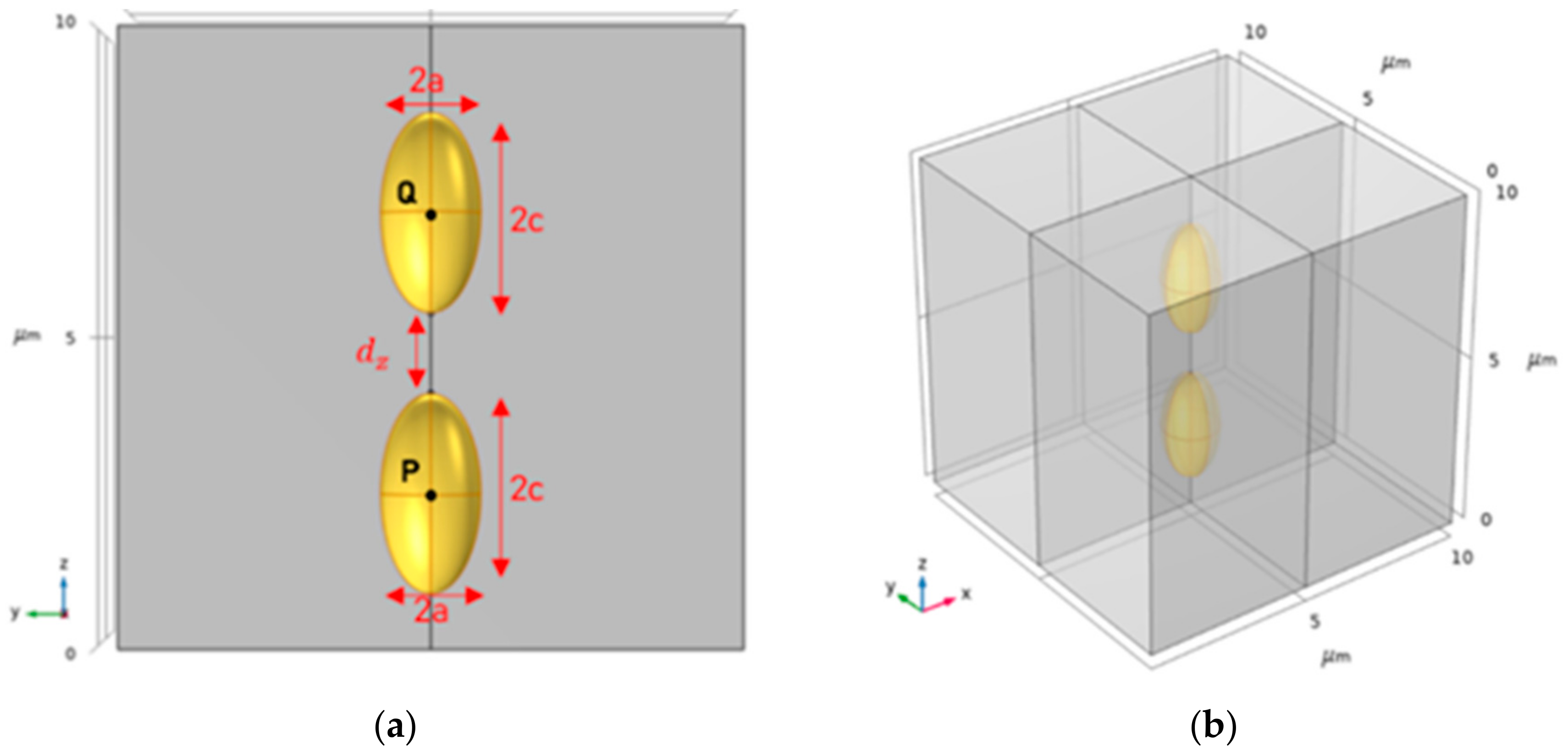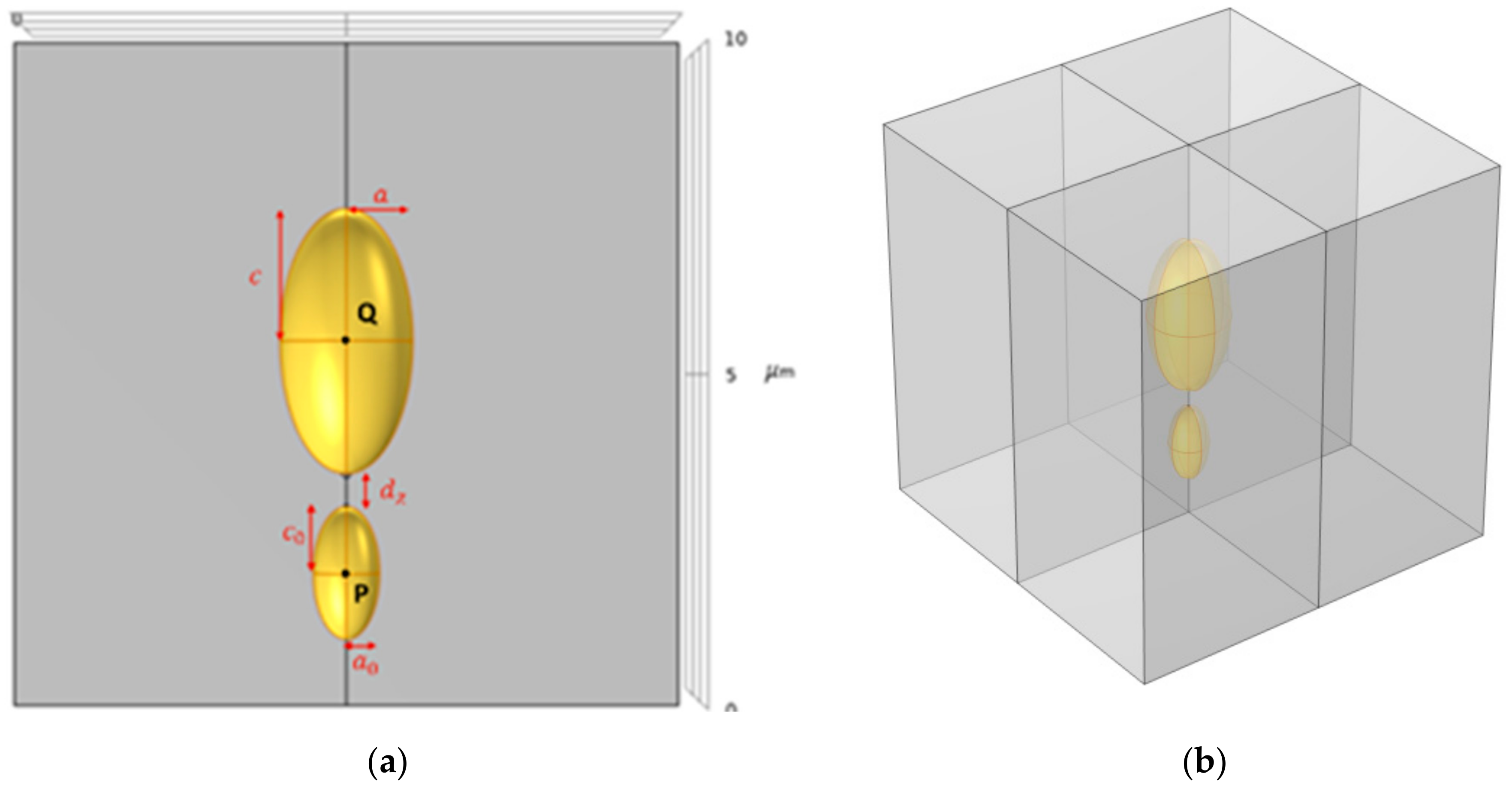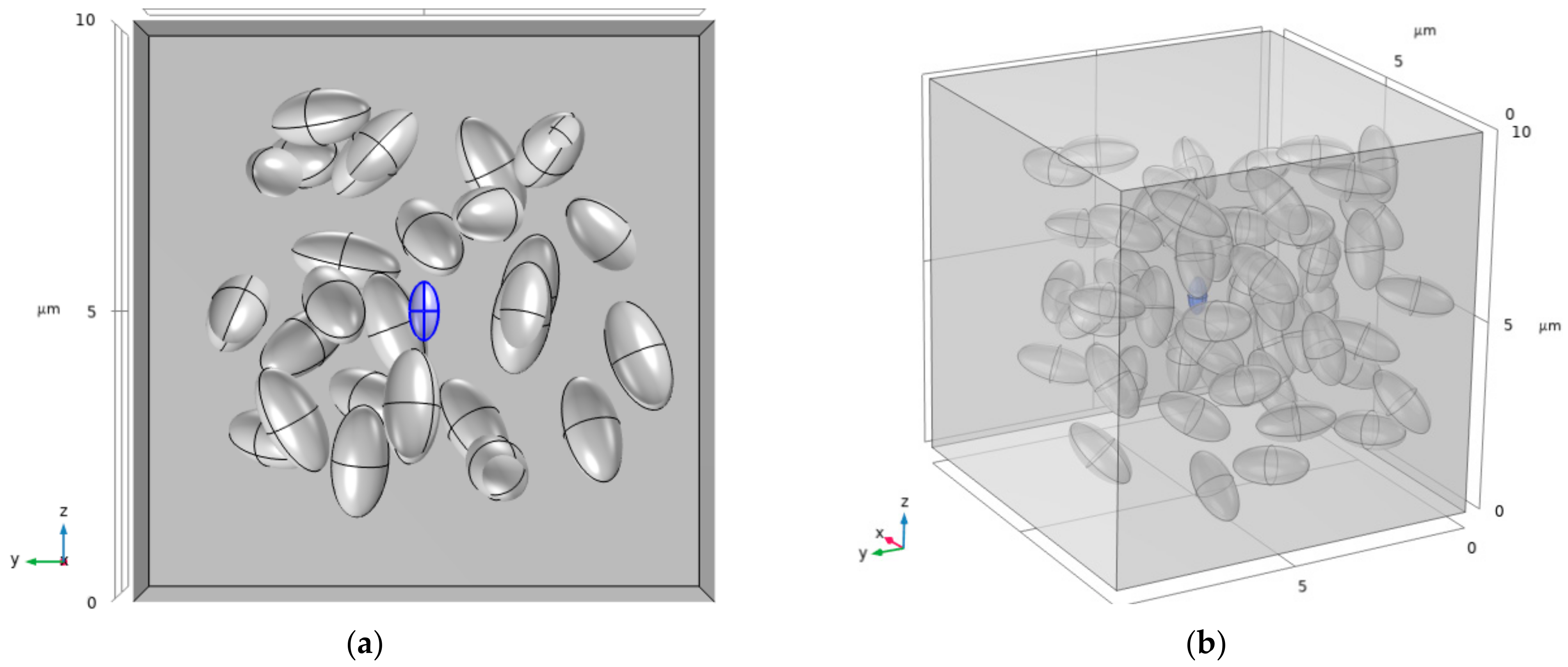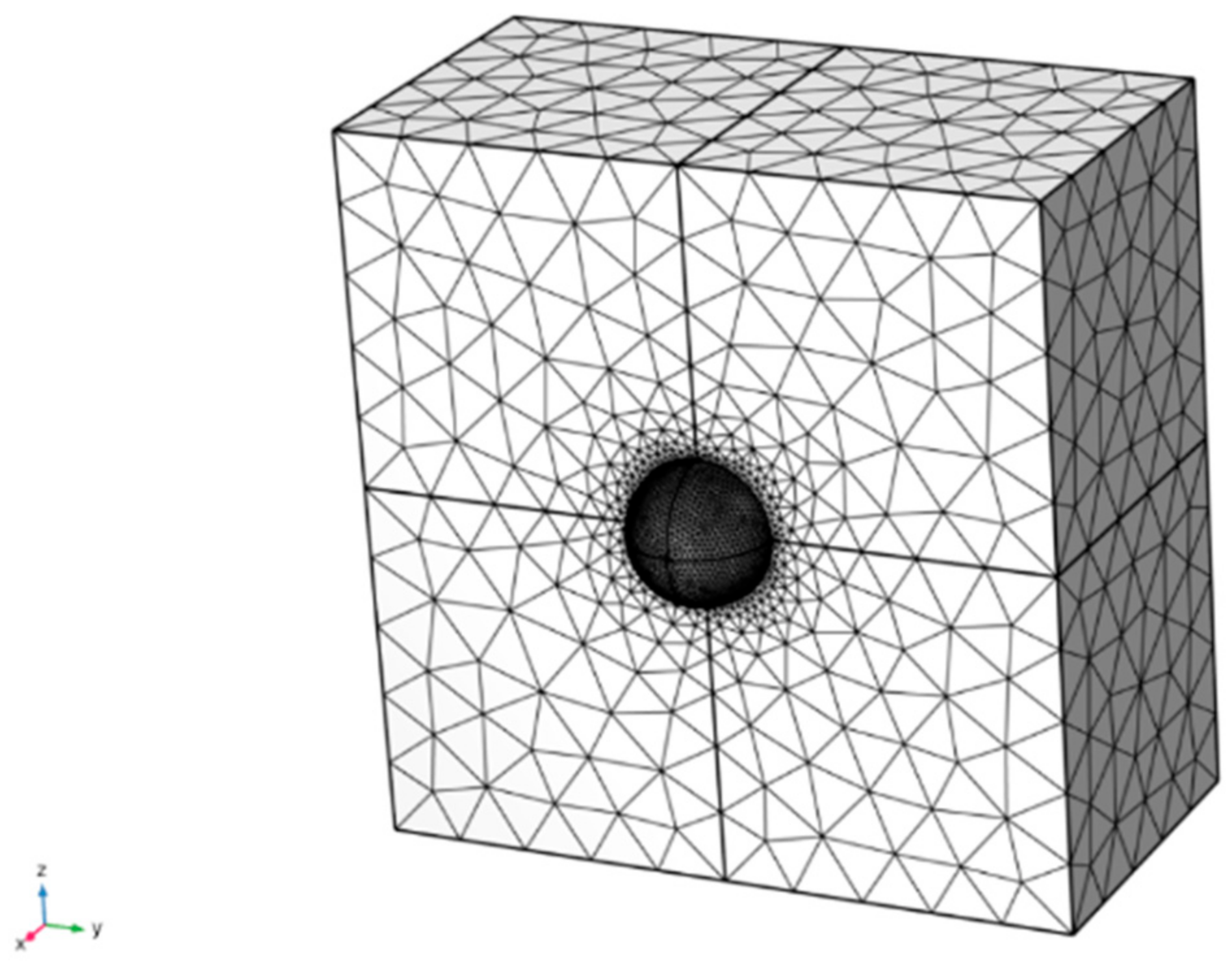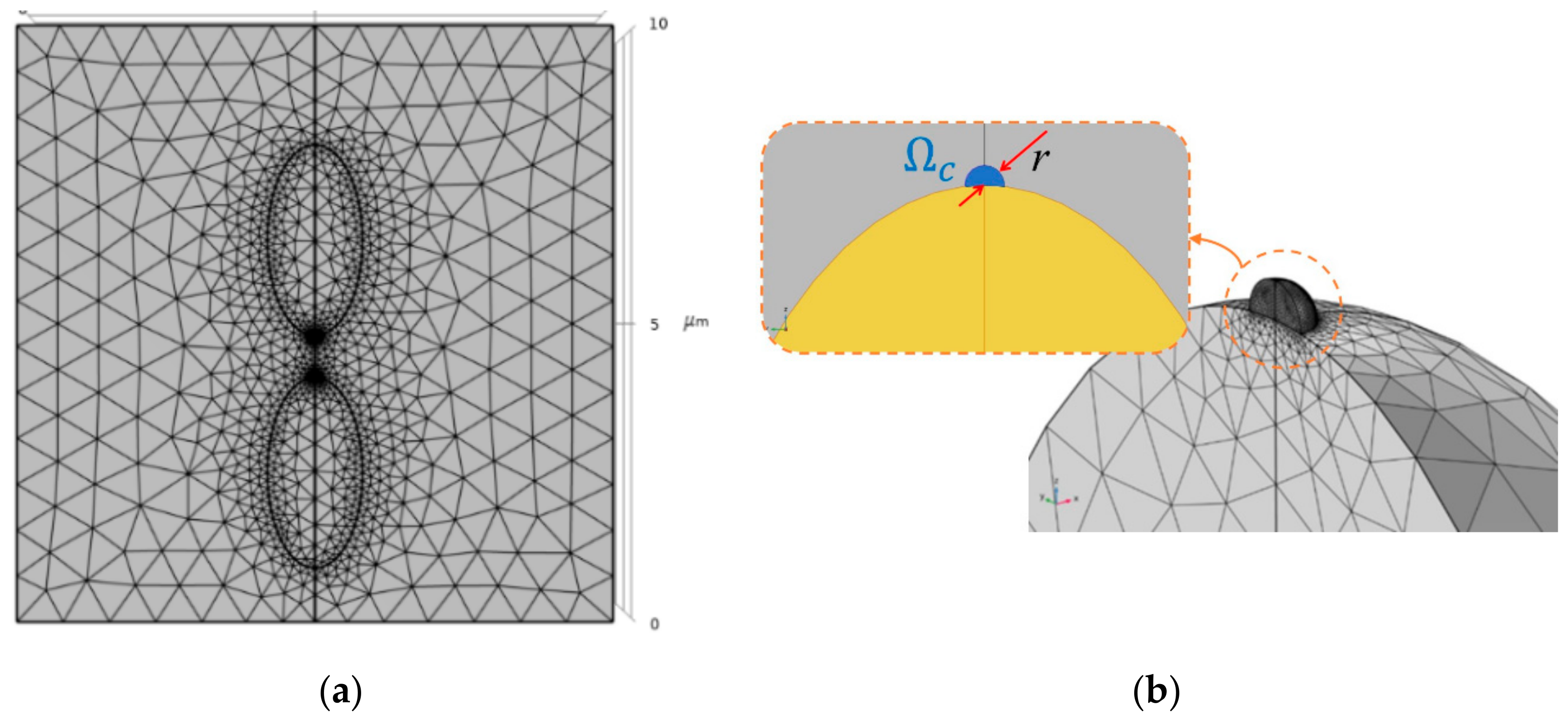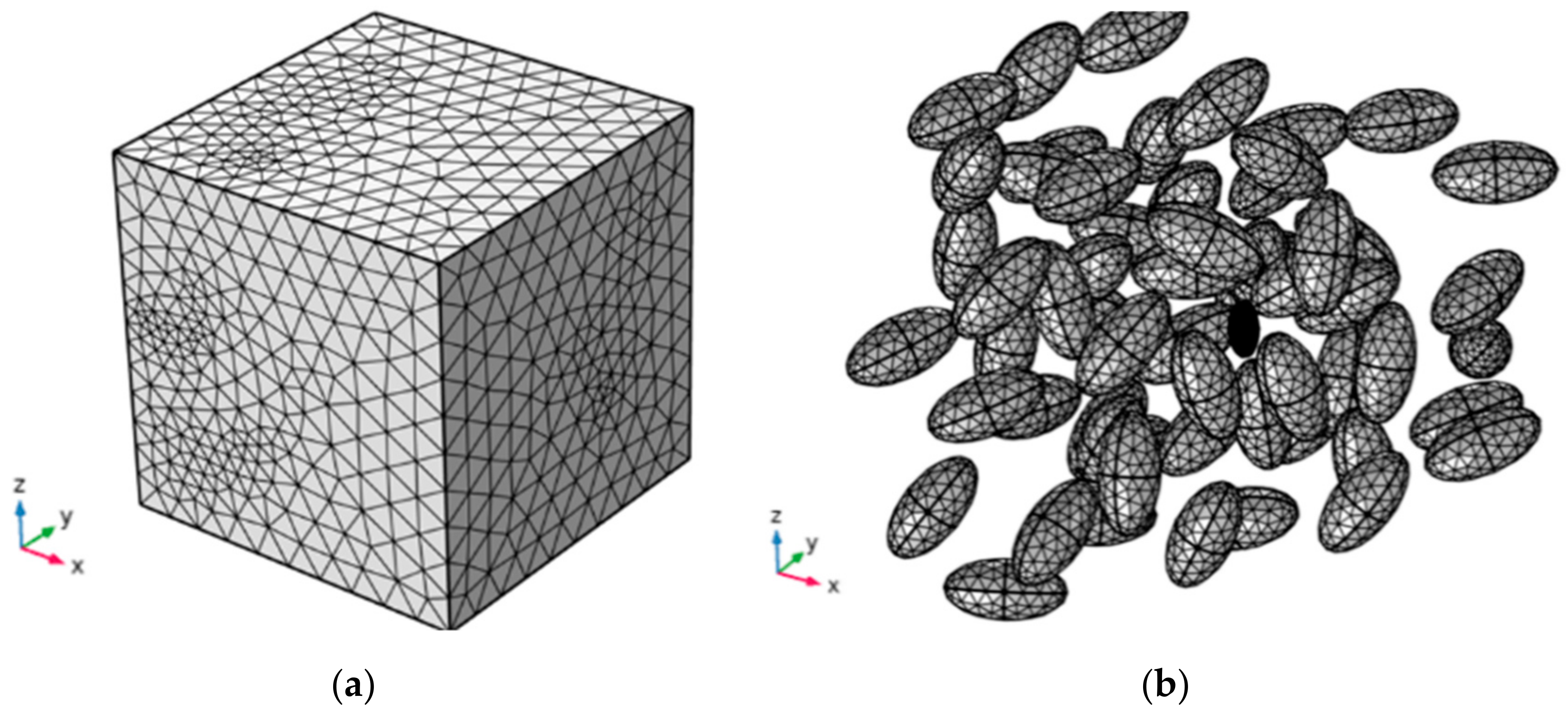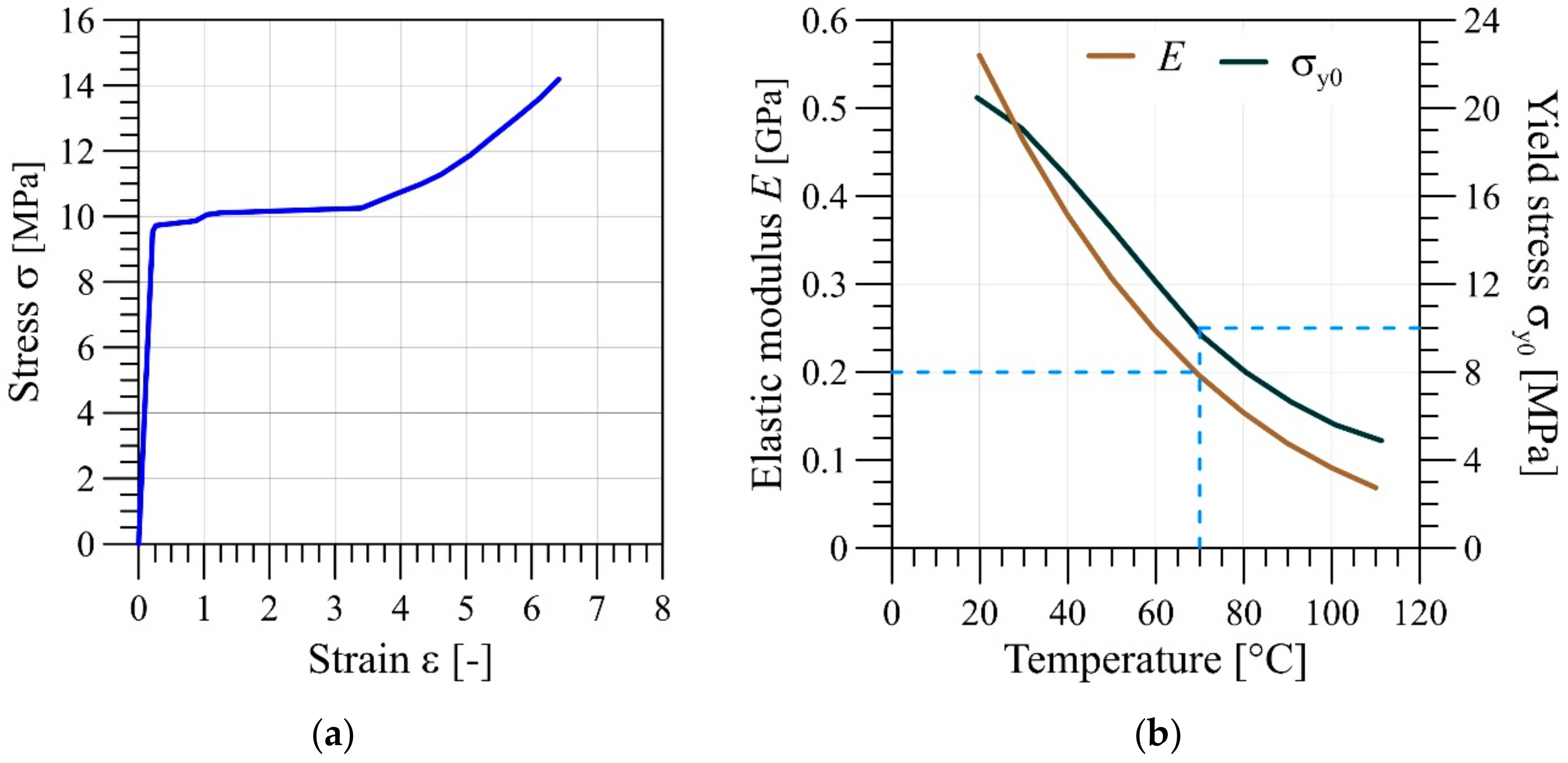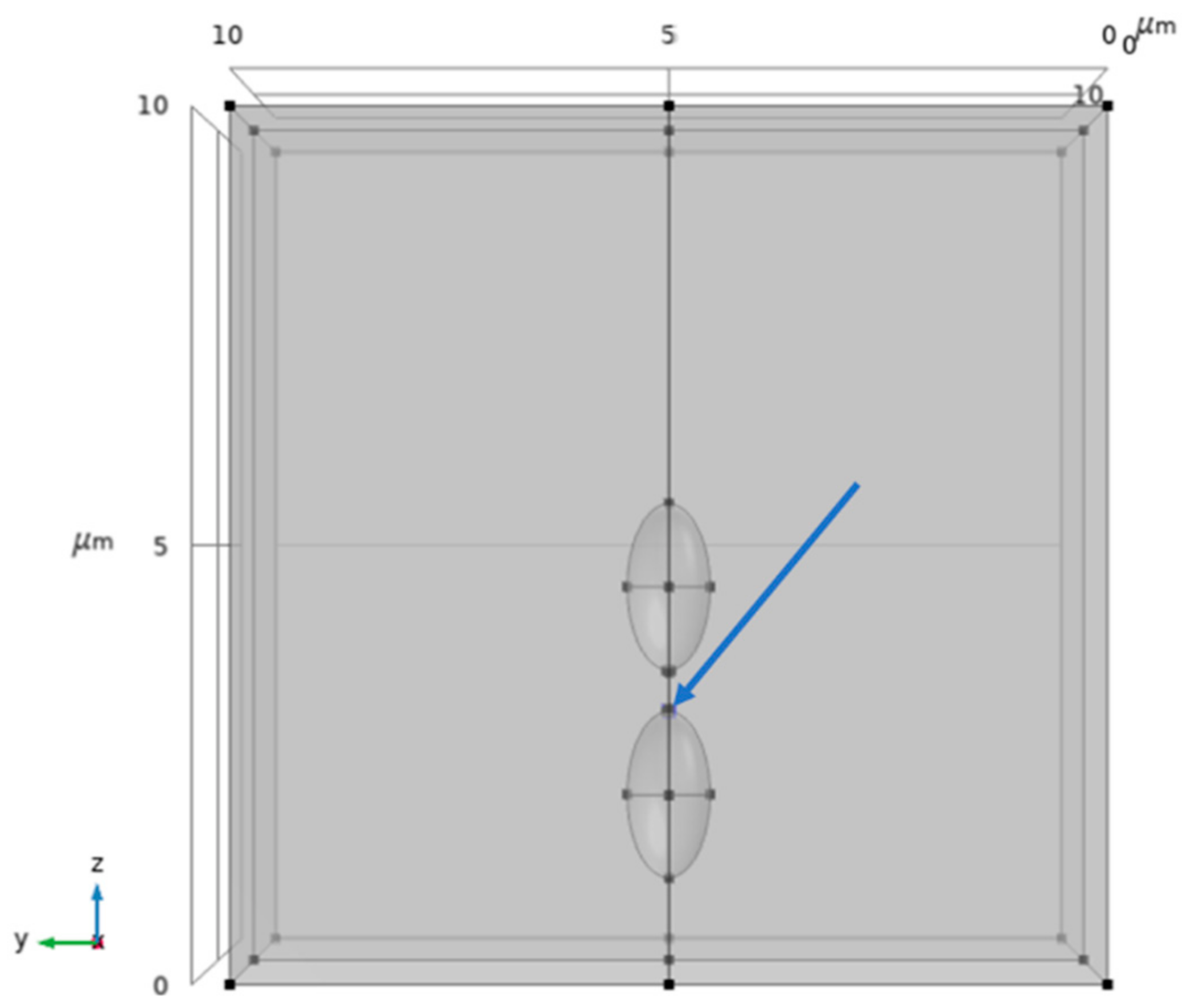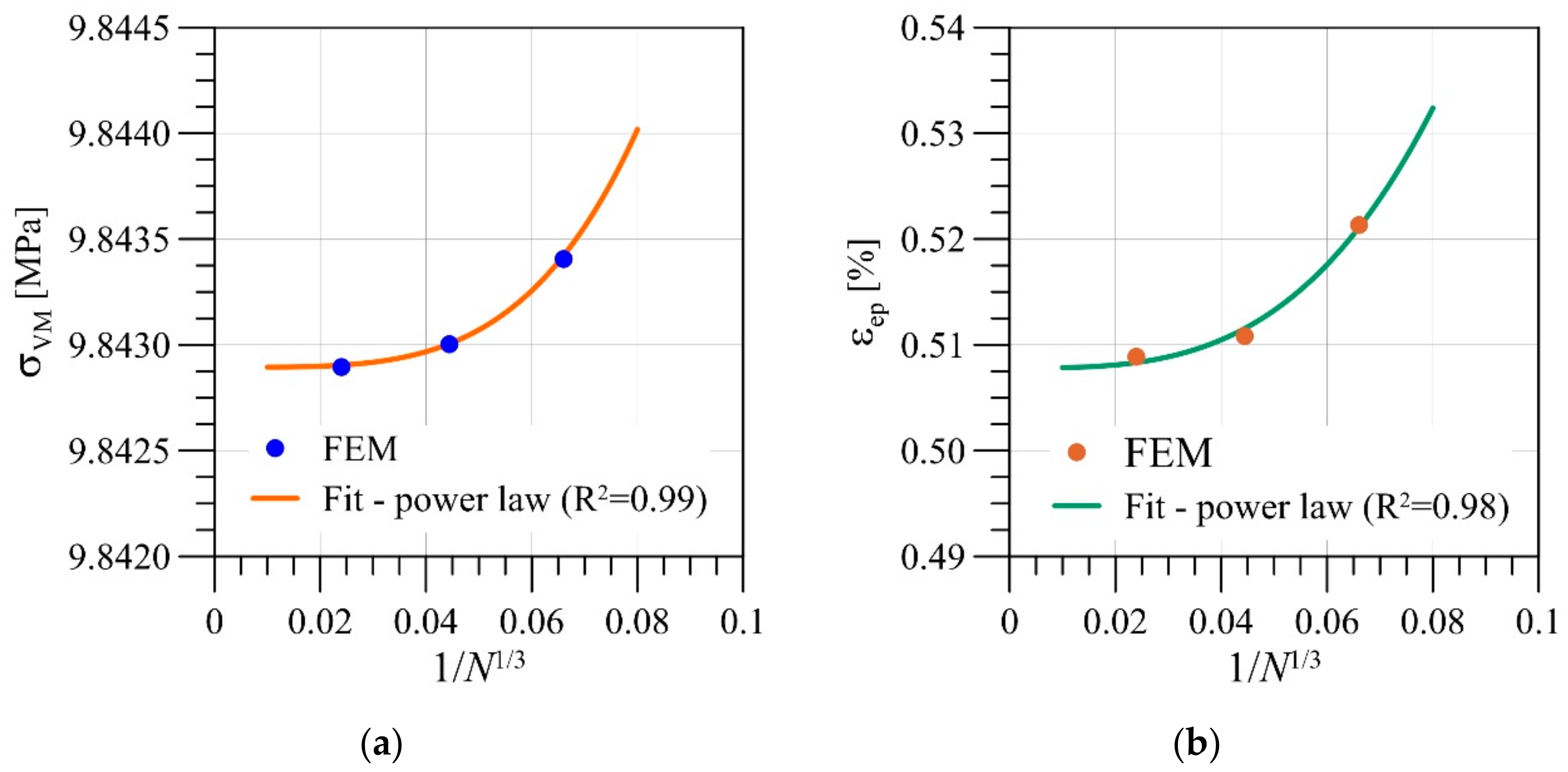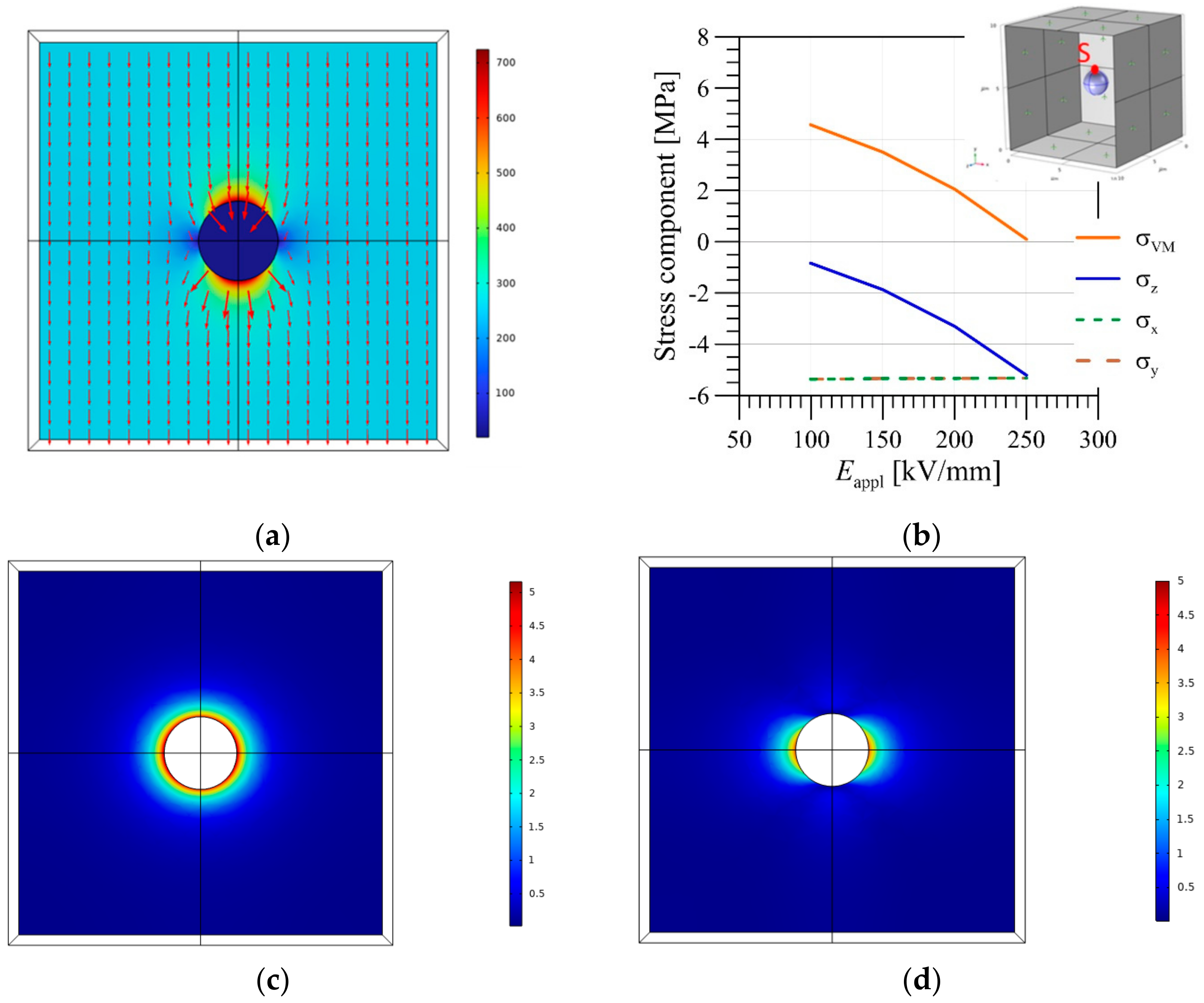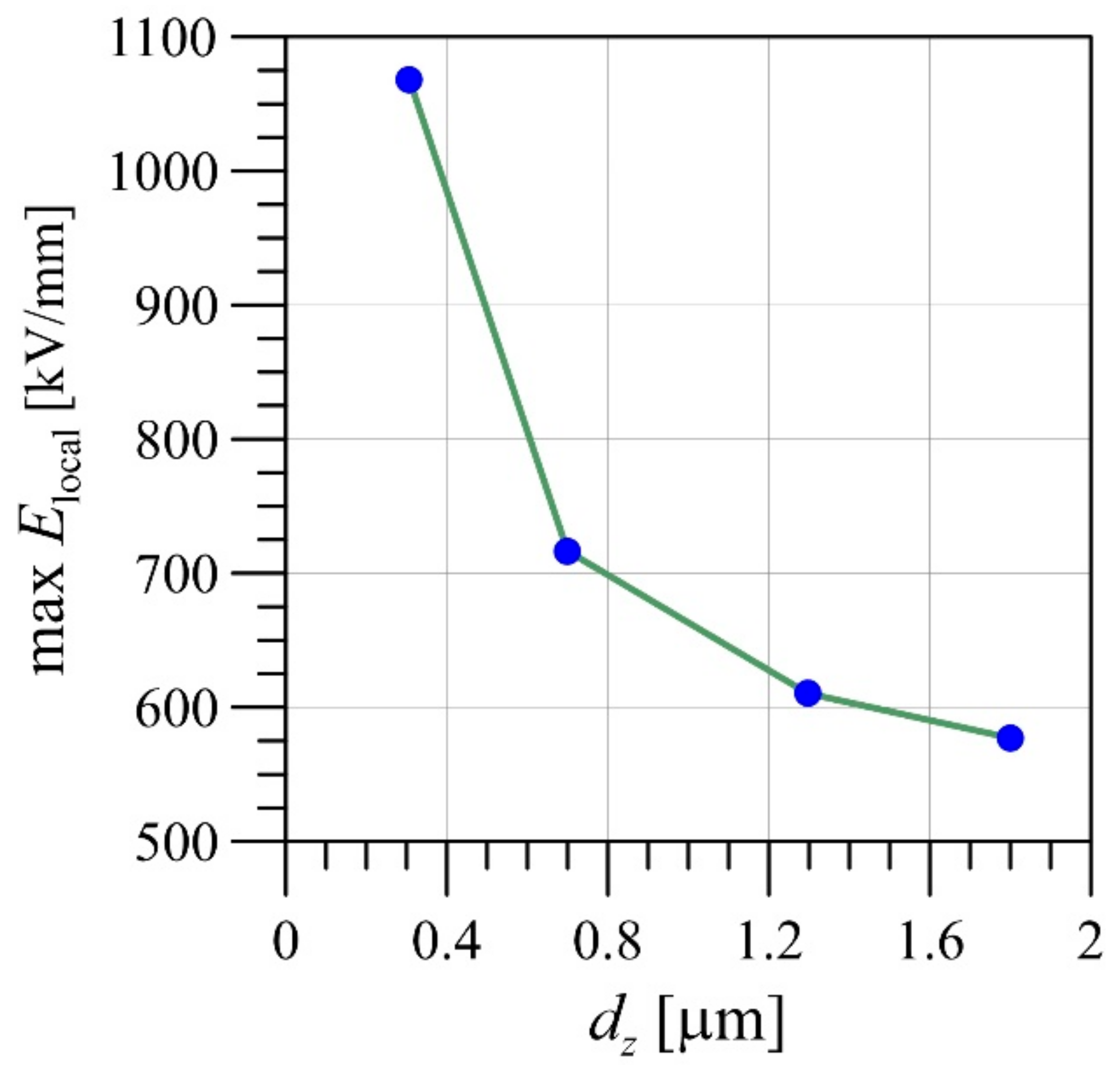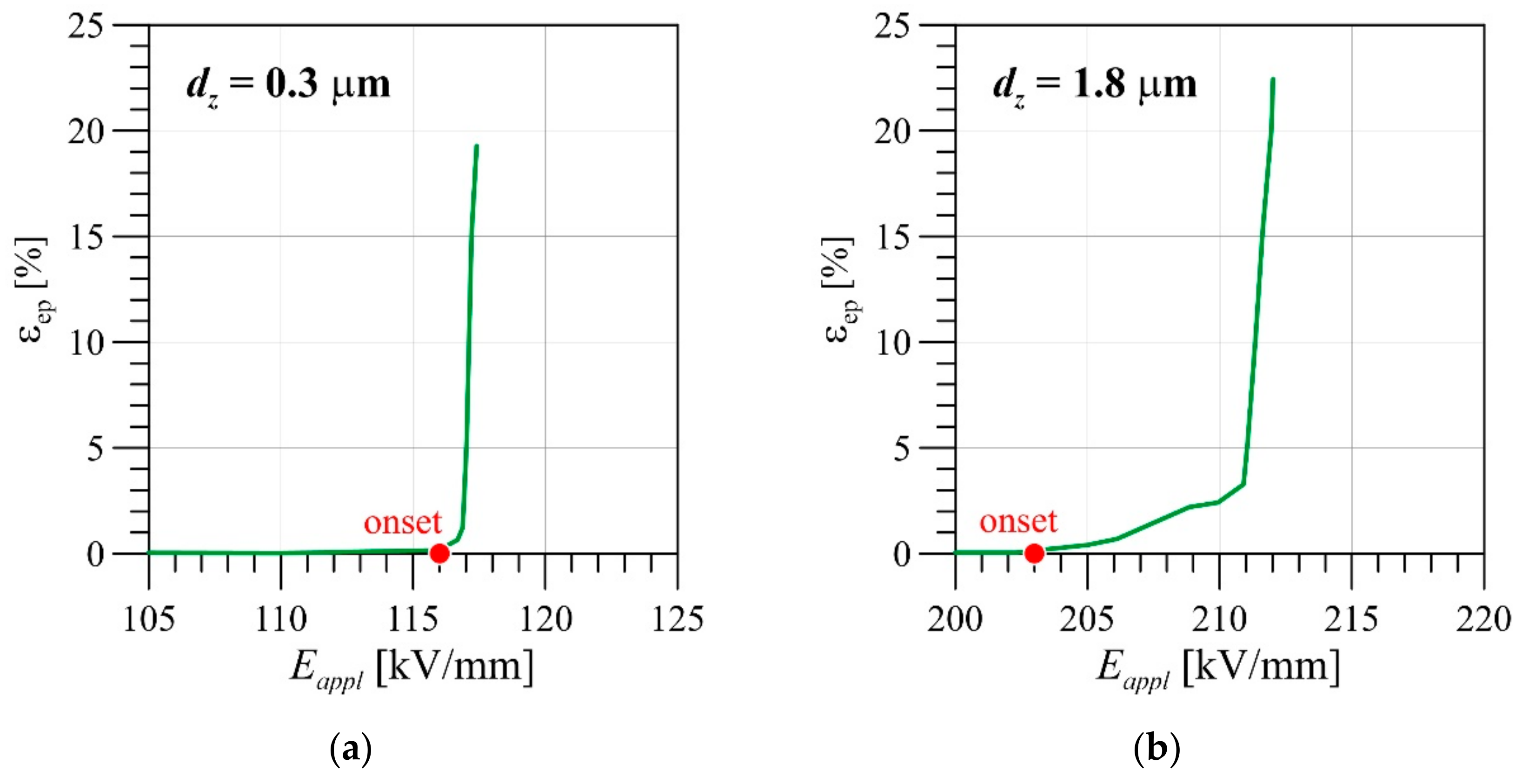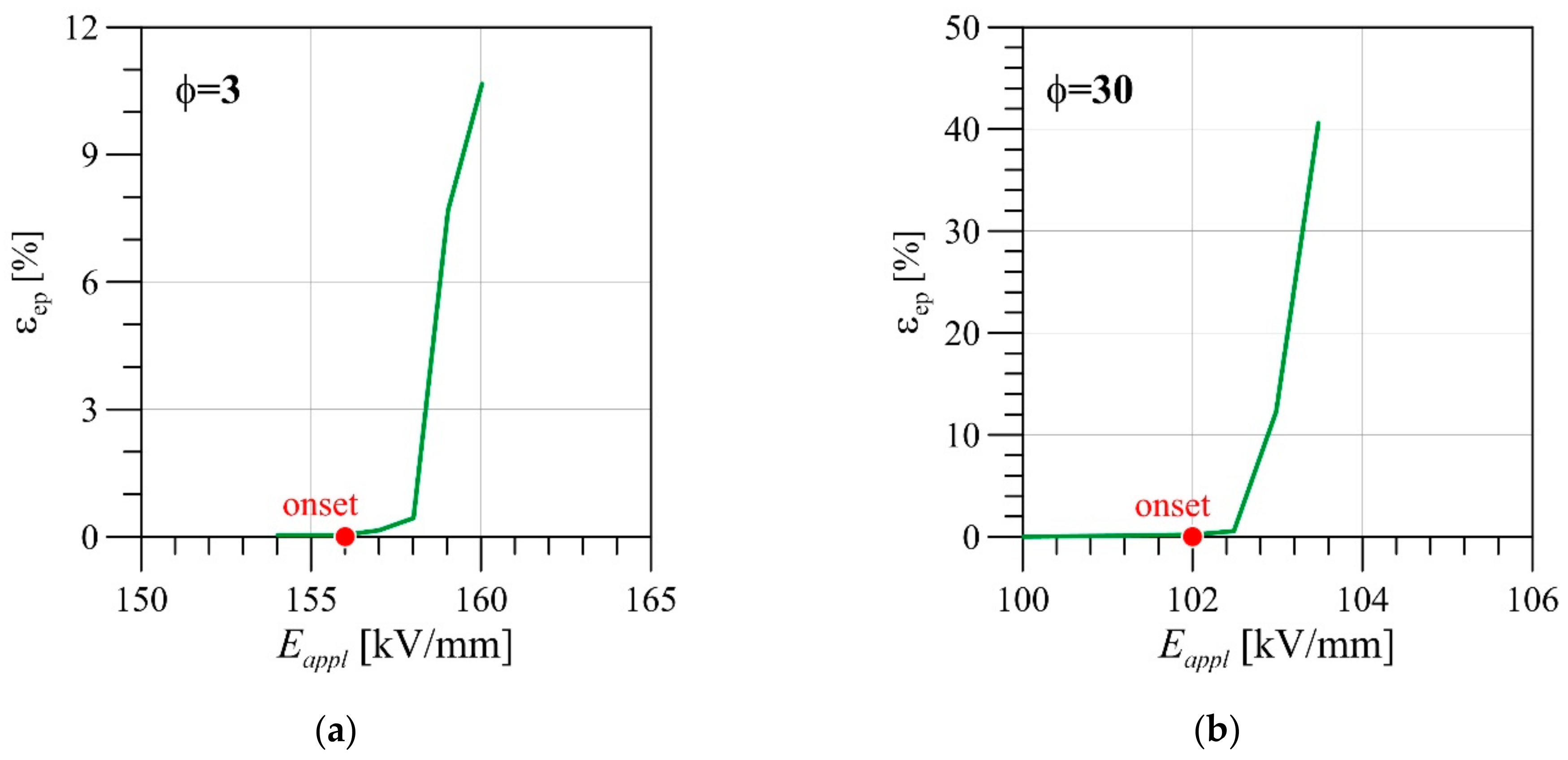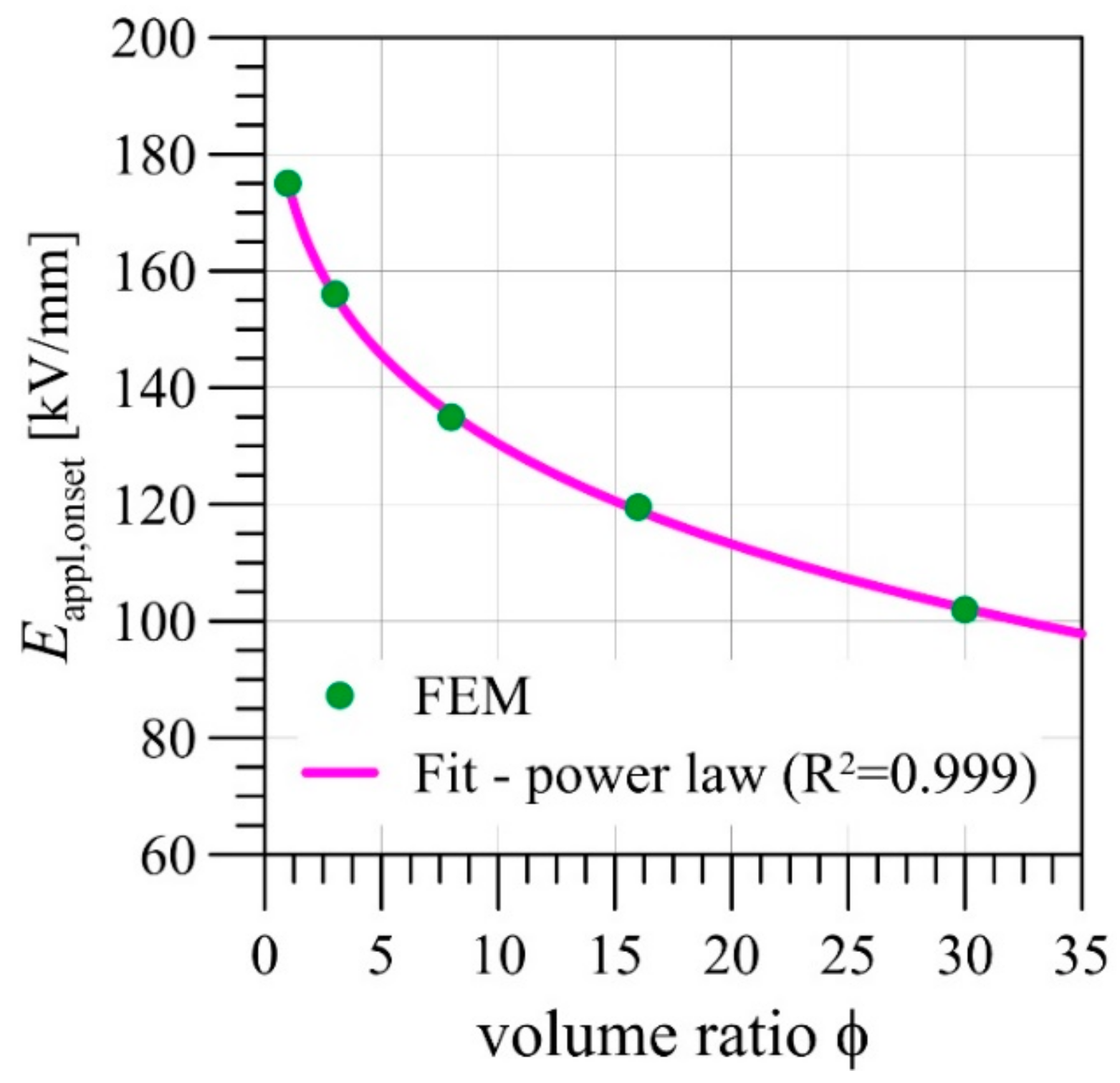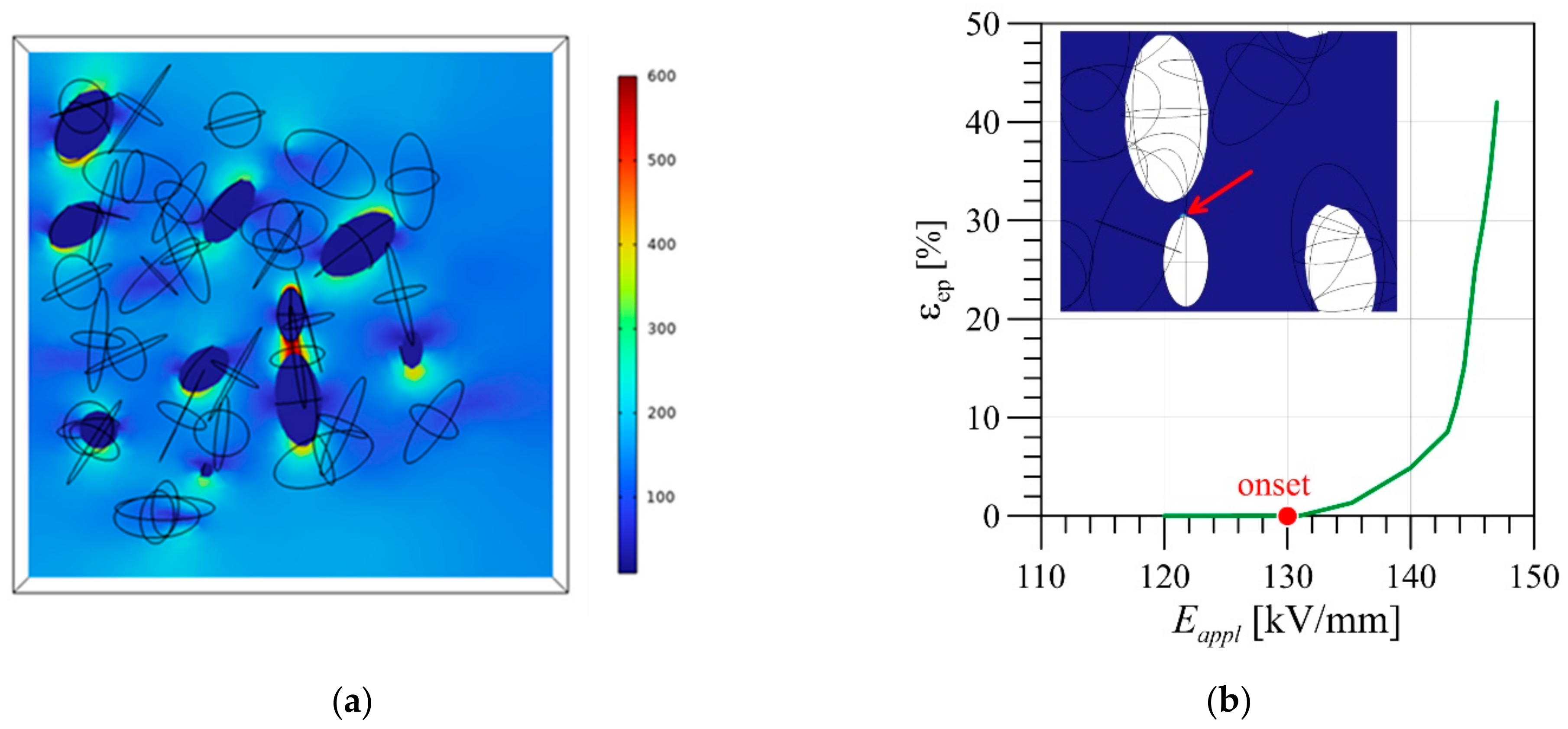Crosslinked Polyethylene (XLPE) is one of the most versatile dielectrics on the market [
1]. Thanks to its outstanding mechanical and electrical properties, it has been widely used in the field of electric cable insulation since the early 1960s [
2]. One of its most demanding applications nowadays is represented by the insulation of submerged high voltage cables that are needed for offshore wind farms. The harshness of the marine environment (i.e., high thermal gradients, presence of moisture with consequent dissolved ionic species) and the hi-voltage electric fields are of considerable concern for the renewable energies industry, with huge potential economic losses in case of power transmission system breakdowns. Although XLPE is still considered the most suitable insulator for dealing with these extreme conditions, the electrical lifetime of this insulation is greatly reduced in these conditions; this results in a considerable degradation of the cables after only 5–10 years of service, instead of an expected service life of 20–30 years [
3]. The typical risk associated with prolonged service life inside submerged environments is water treeing [
2]—a degradation phenomenon in which small, permanent, water-filled voids form inside the XLPE, causing a sharp reduction in the breakdown voltage (i.e., the minimum voltage that causes local portions of the insulator to become electrically conductive). In the literature [
4,
5], it has been demonstrated that mechanical fatigue (caused by dielectrophoretic stress around the voids) is the main reason for water treeing. Fatigue can easily arise from shipping, handling and immersing cables in deep seas, which may cause excess plasticity in the weakest XPLE areas. Due to differences in the dielectric constant of water and XLPE, non-uniform electric fields develop around the pores. Additionally, the development of such electric fields causes the evolution of spherical voids into ellipsoidal-shaped cavities due to the polarization effect. These ellipsoidal cavities have high electric fields and resultant Maxwell stresses at the tips. It was evidenced in [
6] that electric fields of up to 50 kV/mm do not cause plastic deformation, whereas in [
7], it has been shown how fields beyond 100 kV/mm can cause permanent deformation of voids. After several years, alternating electric fields associated with the AC current lead to tree growth and the formation of channels between voids. Water can freely propagate in the channels towards the conductor, triggering corrosion and the ultimate failure of the cable. Therefore, lot of research has been conducted on this topic to better understand the mechanisms by which treeing occurs [
2], as well as appropriate structural health monitoring concepts to account for phase over-strain [
8]. In the literature, the most commonly adopted approach to this problem is predictive models, avoiding complex, expensive, and time-consuming experimental testing campaigns that may last for decades. On one hand, although accelerated laboratory tests do exist, these do not ensure that the polymeric materials have the actual morphology and properties that stem from a long service life in a submarine environment. On the other hand, using Multiphysics FEM models, it is possible to simulate the XLPE microstructure (characterized by the presence of defects and pores, from the manufacturing stage) and its response to electrical stimuli, obtaining reliable results at different scales. The simulation of the entire microstructure’s behavior is unfeasible; hence, the macroscopic equivalent behavior can be predicted by studying a representative volume element (RVE), assuming a periodic distribution of the voids in the material. In [
8], RVE has been exploited to study the pores’ deformation, leading to ellipsoids due to the polarization effect; intense electric fields and Maxwell stresses generate at the void tips, causing polymer yielding and coalescence between different pores. The deformation and material yielding around two ellipsoidal water-filled voids in a cubic RVE subjected to an intense electric field have been examined, and the effect of different geometrical variables such as orientation and number of voids has been predicted [
3,
8]. The static electric field has been considered, neglecting the alternating behavior of the AC current and fatigue degradation due to cyclic loading and unloading.
In this work, additional material features are considered for modelling XLPE’s behavior—namely, thermal expansion and hardening. Assuming the same stationary conditions as in [
3,
8], this work intends to further understand the evolution of voids in the XLPE insulation layer of power cables, studying the effects of geometric parameters and the intensity of the electric field on the material yield. For the sake of a safe design for the cables, the onset of XLPE yielding is here hypothesized as the onset of void coalescence, leading to the evolution of water treeing (not considered in this study). The role of relative dimensions, distance, and the shape of two interacting voids are simulated to better understand:
The final aim of this work is to examine the stress and strain distribution in a random distribution of N voids and to confirm the prediction by the RVE.
